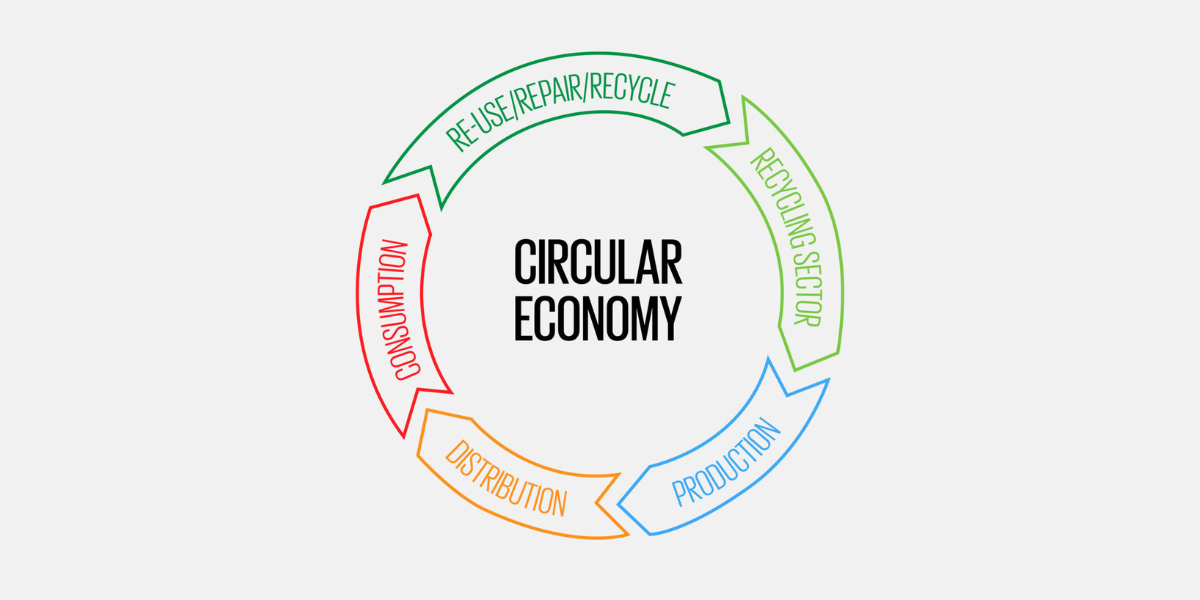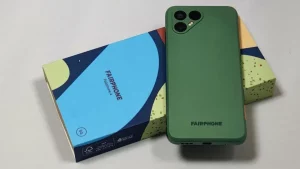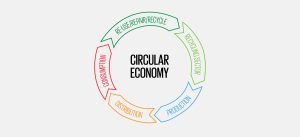
With mounting pressure on natural resources and rising consumer expectations, it's not a luxury but a necessity for businesses to incorporate sustainable practices. One under-explored avenue is integrating the principles of the circular economy into the product design process. By considering the complete lifecycle of a product, from sourcing raw materials to end-of-life (EOL) management, we can spark a significant shift towards sustainability.
The circular economy model breaks away from the traditional 'take-make-dispose' linear model, offering a holistic, system-wide approach. It redesigns, reuses, recycles, and regenerates to create a closed-loop system, minimising waste and resource extraction. But how can this framework translate to tangible practices in product design? Let's explore.
Before we jump to examples, it's crucial to grasp the uncommon idea of "Product End-of-Life Strategy". Surprisingly, this concept isn't about the final phase but should form the starting point of the design process. This principle prompts designers to consider how a product will be disposed of, or preferably, reused or recycled, once it reaches its EOL.
By thinking about the product's EOL at the outset, companies can make strategic design decisions that facilitate its circular journey, reducing environmental impacts and creating value in unexpected ways.

One exemplary company leading the charge is Fairphone, a smartphone manufacturer. They designed their product considering its EOL, resulting in a fully modular phone. Each module can be easily replaced, extending the product's life cycle. At EOL, the phone can be easily disassembled, and modules can be reused or recycled, promoting a closed-loop system.
A more unconventional example is Adidas and its Futurecraft Loop project. They developed a performance running shoe that can be returned to Adidas at its EOL, processed to create raw material for new shoes. This groundbreaking approach epitomises the principle of 'designing for EOL' and manifests the concept of 'zero waste' and 'infinite usage' from the get-go.
While these examples highlight successful applications, how can your business implement such principles in the design process? Here's a step-by-step approach:
By implementing these principles, businesses can push the boundaries of sustainable innovation, produce less waste, and drive consumer loyalty.

By emphasising a product's end-of-life strategy in the design process, we can unlock numerous tangible and intangible benefits that reverberate across the product's lifecycle and beyond. Here, let's delve into some of the key advantages:
Designing with the EOL in mind allows businesses to maximise the utility of resources. Products designed for disassembly or repurposing inherently require less new material input over time. This reduces the strain on virgin resources, driving more efficient use of our planet's finite resources and minimising environmental footprint.
Companies can turn EOL strategy into a unique selling proposition. By offering take-back schemes, incentives for return, or promoting the recyclability or compostability of their products, businesses can resonate with eco-conscious consumers. This not only instills a sense of responsibility in customers but also fosters loyalty and brand trust.
EOL strategy can turn 'waste' into a valuable resource. Whether through the sale of disassembled components, repurposing of materials, or the return of products to the production line, such as Adidas's Futurecraft.Loop project, there is an opportunity to create economic value. Additionally, operational efficiencies resulting from reduced material inputs can lead to cost savings in the long run.
Thinking about a product's EOL from the outset forces designers and engineers to 'think outside the box'. This process can ignite creativity, spurring innovative solutions not only in product design but also in business models. For instance, offering a product as a service can extend its lifecycle and maintain control over its EOL strategy.
As regulatory bodies worldwide continue to push for increased producer responsibility, companies incorporating EOL strategy in their design process can stay ahead of the curve. This proactive approach can help them meet regulatory standards, avoid penalties, and enhance their reputation.
At the crossroads of resource constraints and rising consumer demand for sustainable products, a circular economy provides the roadmap for a more sustainable future. By incorporating EOL strategies in product design, businesses can take a proactive stance in their sustainability journeys. It’s high time we reimagined our relationship with products and designed for a future where nothing, and no one, is left behind.
Let the circular revolution begin!